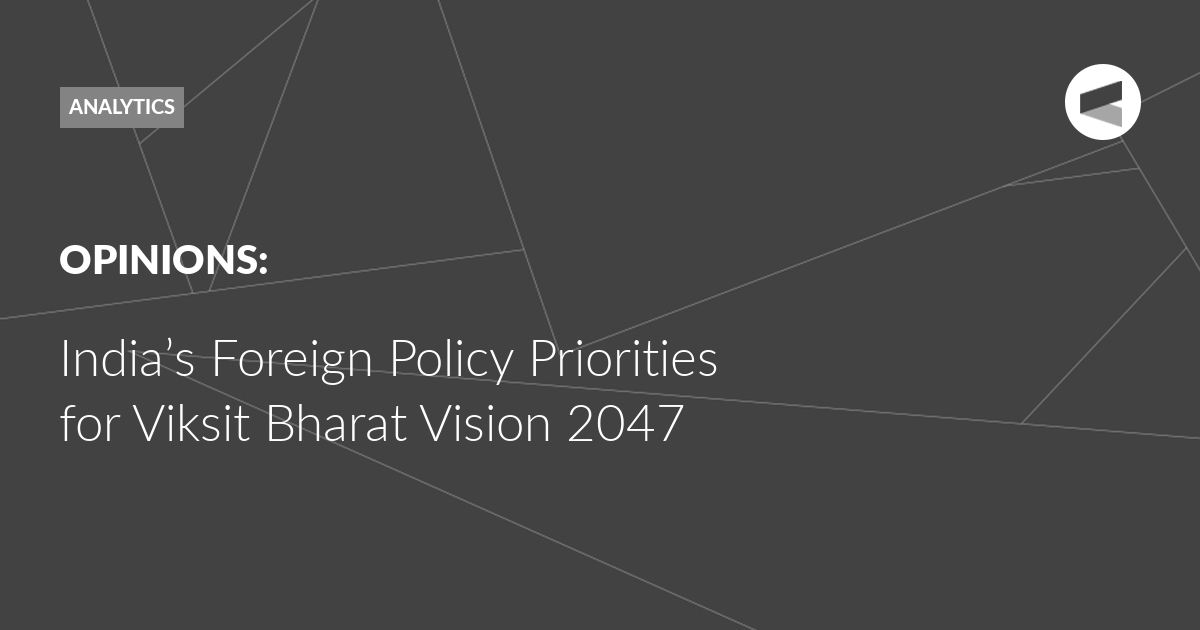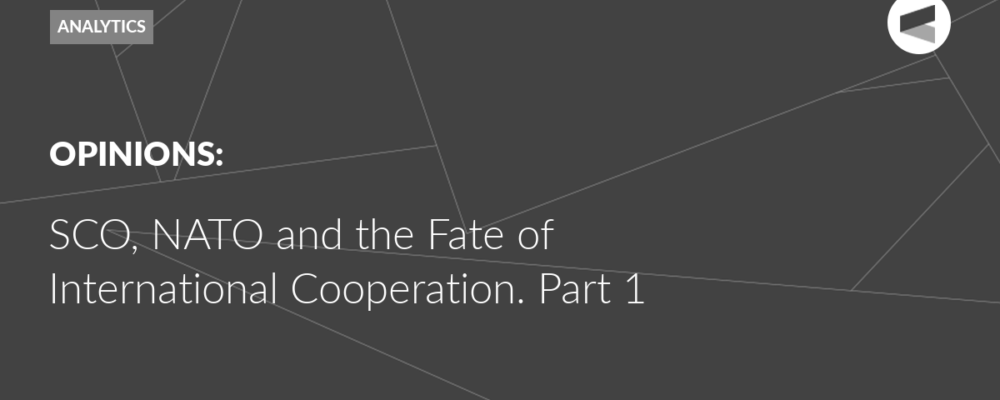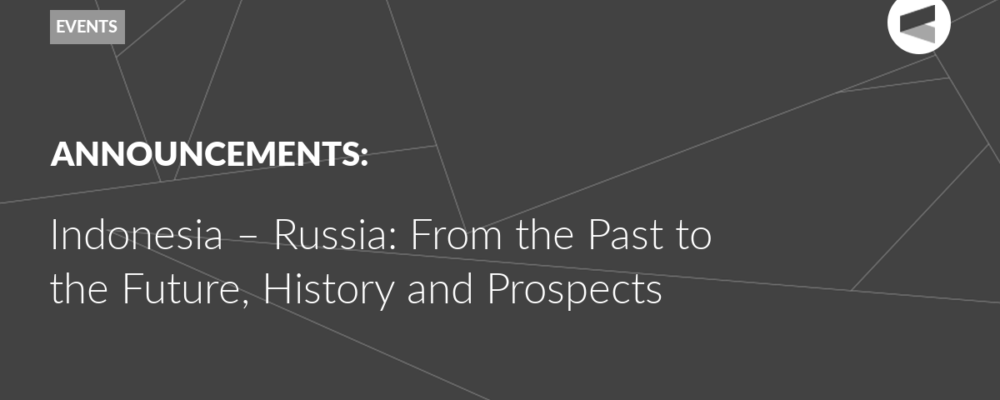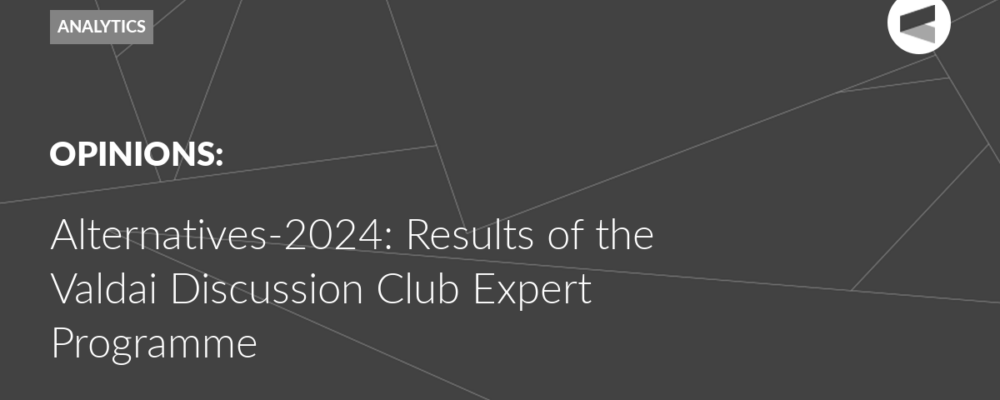3. Securing a Stable and Strategically Aligned Neighbourhood
India’s immediate neighbourhood is undergoing a significant shift. The small nations are on their path of gradual democratisation, accompanied by a rise in nationalism.This has heightened their sensitivities around sovereignty, which is often expressed in reaction to the region’s dominant power i.e. India. Further, China’s expanding footprint in the region poses significant strategic challenge. Beijing has become primary arms exporter to Pakistan and Bangladesh and has significant infrastructure investments in Sri Lanka, Maldives and Nepal. These developments have diminished the traditional influence that India enjoyed in the region.
To respond, India’s Neighbourhood First policy will continue to guide its engagement with the region. The 2025–26 Union budget earmarked ₹43.2 billion (64% of the Overseas Development Partnership budget) for its immediate neighbours. Bhutan, the largest recipient of India’s developmental aid, remains a key partner. Strengthening trade and energy ties with Bangladesh and Nepal, helping stabilise Sri Lanka’s post-crisis recovery, and keeping channels open with the Maldives will shape India’s bilateral relations in the neighbourhood. Alongside bilateral outreach, India continues to support regional multilateral initiatives such as BIMSTEC, BBIN, and IORA, reflecting its broader commitment to cooperative regionalism in South Asia and the Indian Ocean region.
4. Balancing China in the Indo–Pacific
China looms large in nearly every area of concern for India, from security to trade to regional influence and approach to the world order. India’s Look East policy was conceptualised in the 1990s to enhance economic engagement with Southeast Asia. It has since evolved into the Act East Policy. This broader strategy now addresses key security concerns, expanding India’s focus from the Indian Ocean to the Western Pacific, and aims to maintain a balance of power in the wider Indo-Pacific region.
The shift is rooted in maintaining a broader balance of power in the larger Indo-Pacific region. India’s engagement with the Quadrilateral Security Dialogue (Quad), alongside the United States, Japan, and Australia, forms another flank of this balancing effort. For enhanced maritime domain awareness, India has entered into several bilateral ‘white shipping’ agreements and established Information Fusion Centre – Indian Ocean Region (IFC-IOR) in Gurugram, for greater maritime domain awareness.
India is also pursuing multi-vector partnerships with the ASEAN states, South Korea and Taiwan, and continues its strong defence cooperation with Vietnam. These engagements, combined with naval modernisation and enhanced maritime domain awareness, reflect India’s ambition to serve as a net security provider in the Indian Ocean and ensure balance in the broader Indo-Pacific.
5. The Link West Policy
Scholars like C. Raja Mohan consider India’s relations with West Asia to be one of the most successful demonstrations of the pragmatism of India’s foreign policy. The relationship, once largely defined by oil flows and remittances, has developed into a more multifaceted partnership, spanning across defence, investment, infrastructure, and culture. The most significant shift has been at the conceptual level, as India no longer looks at West Asia purely in relation to Pakistan. That framing has started to fade. Instead, there’s a growing effort to treat the region on its own terms, as a strategic space with opportunities worth pursuing in their own right. Saudi Arabia and UAE stand among New Delhi’s closest allies in the region, with bilateral trade reaching $84 billion and $43 billion respectively in 2023-24.
India has also managed to strike a careful balance between old and new partners. Its ties with Israel remain strong in defence and innovation technology, while it continues to engage Iran through projects like the Chabahar Port and the International North-South transport corridor (INSTC), keeping connectivity and strategic autonomy in focus. On the multilateral front, India’s involvement in I2U2 alongside Israel, the UAE, and the U.S. as well as its role in the planned India–Middle East–Europe Economic Corridor (IMEC), shows that New Delhi’s Westward thinking has shed its ‘cold war ideological skin’ and will continue to be determined by pragmatism.
6. Reforming Global Governance and Advocating for the Global South
Existing multilateral institutions like the United Nations, World Bank, and IMF fail to reflect the realities of the contemporary world. The COVID-19 pandemic provided the most compelling evidence for this, as glaring inequalities in vaccine access between developed nations and the Global South exposed the deep structural limitations of these ‘global’ institutions. Their failure to deliver on climate justice has been equally evident, particularly in their inability to hold industrialised nations accountable for unmet climate finance commitments.
India’s vision of Viksit Bharat rests on the foundations of responsible global leadership. In pursuit of this goal, India has consistently called for more representative global institutions, engaging the Global South as an equal partner in conversations at the table of nations which drive the global agenda. Initiatives like Vaccine Maitri and the Voice of the Global South Summit are emblematic of this shift. Yet uniting the Voice of the Global South will remain a challenge for India’s foreign policy.
India also advocates for issue-based coalitions on climate, trade, and technology to make multilateralism more inclusive and outcomes more equitable. The International Solar Alliance and the Coalition for Disaster Resilient Infrastructure (CDRI) are steps in this direction. Positioning itself as a ‘Vishwa Mitra’, a trusted partner and voice for the Global South, will remain a key priority in India’s evolving diplomatic strategy.
Conclusion
For the Viksit Bharat vision to transform into a reality, India’s foreign policy must deliver – measurably, strategically, and in a timely manner. These six priorities trace the contours of a more confident and responsible India, one that seeks not just a seat at the table, but aims to have a say in shaping the global agenda. However, the road ahead is anything but smooth. A rising and assertive China, the headwinds of deglobalisation, technological disruptions and sharpening great power rivalries will test India’s resolve. The real challenge will be staying the course, strategically, institutionally, and diplomatically.
The Valdai Discussion Club was established in 2004. It is named after Lake Valdai, which is located close to Veliky Novgorod, where the Club’s first meeting took place.
Please visit the firm link to site






